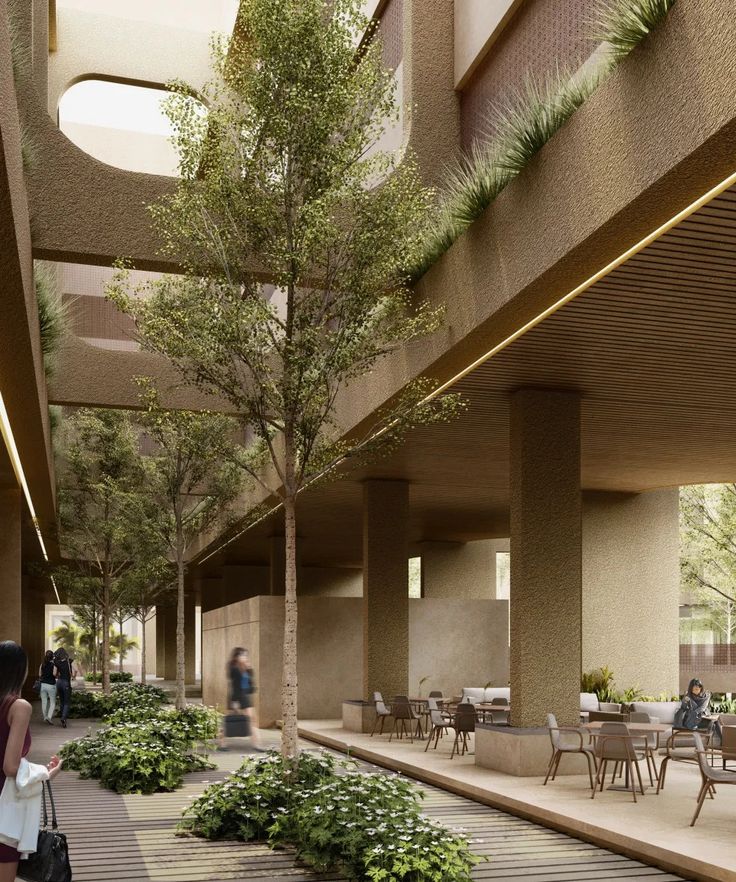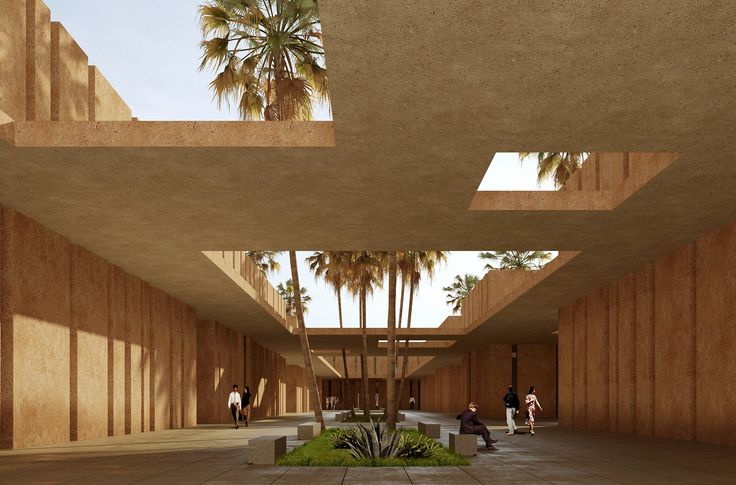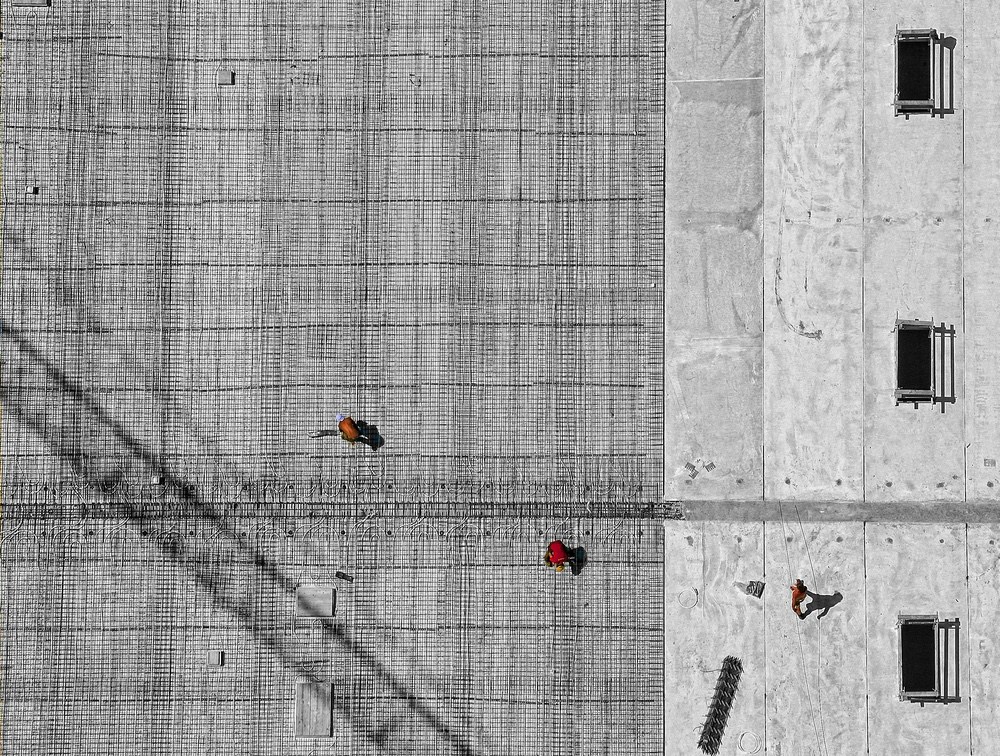In the world of commercial complexes, where retail spaces often dominate, we must pay attention to what is called “landscape” in the real estate field, which represents aesthetics and the overall scene.
We need to understand the impact of dedicating a portion of the outdoor plazas of complexes to natural landscapes, including green spaces, and the effect of this change on reshaping shopping experiences, which in turn can attract more visitors and lead to increased profitability.
In this article, we discuss how this strategic move of allocating 60-70% of the outdoor plaza of such complexes to natural landscapes can elevate the future of real estate and commerce to prosperity and sustainability.
The Intersection of Humans and Nature in the Urban Age Even in an era dominated by urbanization, the human connection to nature remains unbroken. Incorporating natural landscapes into mall plazas creates a tranquil oasis for visitors, offering them an opportunity to relax, socialize, and escape the pressures of daily life. One cannot resist contemplation when surrounded by the shade of lush trees and the sounds of fresh fountains.
Enhancing the Visitor Experience Commercial complexes are no longer just places for shopping; they are destinations for experiences. Visitors want to stroll, dine outdoors, or enjoy a cup of coffee. The presence of natural landscapes enhances the mood of these experiences and allows visitors to enjoy themselves amidst green spaces and water features.
Increasing Traffic and Visits Natural landscapes are visually appealing and pleasing to the eye. By incorporating greenery, fountains, and natural scenery, complexes become meeting points for families, friends, and even solitary visitors seeking a peaceful retreat. Naturally, a higher number of visits leads to increased overall income for the brands participating in the complex.
Competitive Advantage In a crowded and highly competitive market, complexes that prioritize natural landscapes gain a competitive advantage, setting them apart from their competitors. They become preferred destinations for hosting events, exhibitions, and community gatherings, enhancing their reputation and attracting a wider audience.
Economic Benefits Allocating plazas to natural landscapes can yield significant economic benefits. A complex with an attractive and enjoyable atmosphere tends to command higher rents and values. Additionally, the wave of visitors and increased demand can offset any potential losses to tenants.
Sustainability and Quality of Life Commercial complexes with large green spaces contribute to sustainability goals by creating a green urban environment, reducing temperatures, and purifying the air. They also play a role in improving quality of life, which refers to a set of factors and standards that affect the health and well-being of visitors and even tenants, encouraging interaction among them and achieving overall satisfaction.
In Conclusion In the evolving market of commercial real estate, the model is shifting from maximizing space to maximizing the visitor experience. Allocating 60-70% of the complex’s outdoor space to natural beauty and aesthetics, including green spaces and fountains, is not merely an aesthetic gesture; it is a strategic move that increases visitor interaction, boosts economic growth, and contributes to building more sustainable and vibrant communities. Beyond bricks, concrete, and solid buildings, these areas are the heart and soul of commercial complexes, creating lasting and preferred impressions.












